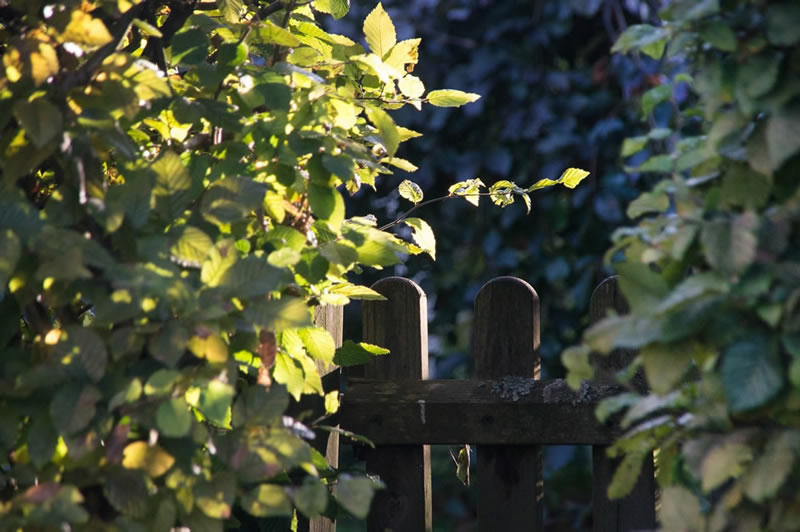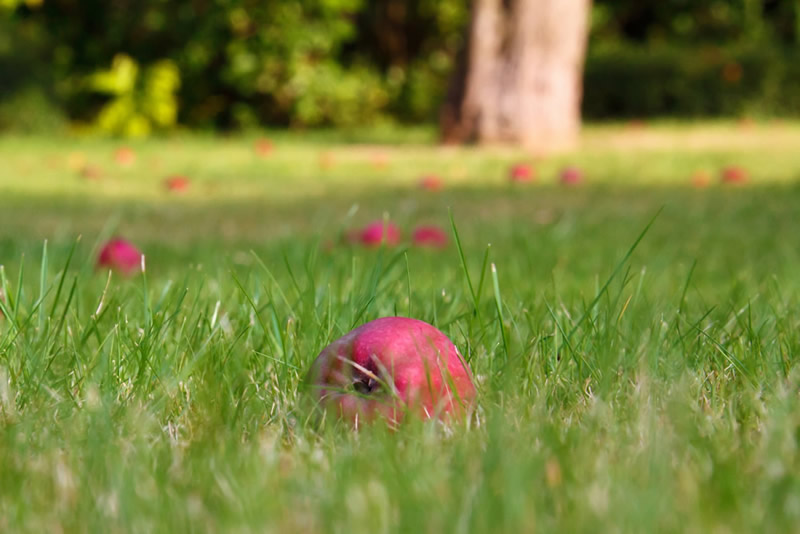
As a nation, we have been urged to spend time more time outside, and for those of us lucky enough to have a garden it is a great space to unwind and spend time with the family and friends. Having a pleasant and cooperative relationship with your neighbour builds a bond that is essential when dealing with boundary issues. We recommend speaking to your neighbour before taking any action regarding the land boundaries between you.
Thank you for reading this post, don't forget to subscribe!Boundaries
Despite contrary beliefs there is no set rule to which boundary line is your responsibility. The only way of determining if the fallen fence is yours is to check your deeds.
There is no legal responsibility to keep boundaries looking neat or hedges trimmed, it is only if a boundary moves that there could be a legal issue.
If your boundary is divided by a stone, brick or concrete wall, there is a general acceptance that this is owned by both parties (unless it is part of an outbuilding that can only be accessed from one side. In this instance take legal advice). Any repairs or maintenance should be a joint expense.
A broken fence can cause much frustration between neighbours but regardless of whether you feel the urge, if the fence belongs to your neighbour it can be deemed as criminal damage if you repair the fence without express permission. Furthermore, you are not allowed to paint, nail, hang or lean anything on the fence without first asking the owner of the fence.
Fencing at the end of a garden can be a bone of contention and if it needs replacing, only the deeds will tell you who is responsible for it. When looking at the deeds there should be a T mark on each boundary. If the stalk of the T touches your side of the boundary, then you are responsible for that boundary. In some deeds there is a T on both sides, this is known as a party boundary and it means both you and your neighbour are jointly responsible for it. As we mentioned earlier, is not a legal obligation to fix the broken fence. If your neighbours fence has fallen down and their dog is straying into your garden, they do not have to fix the fence but they do have to stop their dog from trespassing on your property.

Installing or Replacing Fencing
When you have worked out which boundary side is legally yours and you’re ready to put up new fencing, it can be just as confusing to work out where the posts go! The posts should butt up the boundary and be on your side, meaning the outmost point of the fence should be up to your boundary. If you have chosen close board fencing the neighbour gets the neat side of the fence panel, this provides you with access to the posts for repairs in the future. If the fence requires concrete footings, according to the Party Wall etc Act 1996, these can encroach slightly beneath the neighbour’s land without breaking the law.
As an unwritten rule, a fence or trellis should be a maximum of two metres high. If you are thinking of going any higher than that it is recommended you contact your local planning office.
Hedges and Trees
It is perfectly acceptable to trim a neighbour’s hedge or tree if it is encroaching on your property. The cut vegetation legally belongs to the person who owns the flora, but you must not throw the cuttings over their side of the fence without asking as this can be classed as fly tipping. You should ask the neighbour if they want the trimmings back or if they are happy for you to dispose of them. Contradictorily to this rule, if the neighbours hedge or tree drops leaves on your property they do not belong to the neighbour and you will have to dispose of them yourself. Fruit that lands in your garden or berries from the neighbours bush that grow through to your side belong to the neighbour and you must ask their permission to eat or remove them.
Before using the chainsaw or pruning back tree branches or roots first check if it is protected by a Tree Preservation order.
Tree roots can cause damage to property and if you are concerned about a neighbour’s tree roots then in the first instance it is advisable to speak to your neighbour before acting. You are permitted to remove roots that have encroached your land. We recommend consulting tree surgeon, Surveyors or Structural Engineers for expert advice. In some cases, it could be possible for the neighbour to claim against their home insurance to pay for the required work.

Finally…
The Gov.uk Website has more advice on disputes with neighbours.
